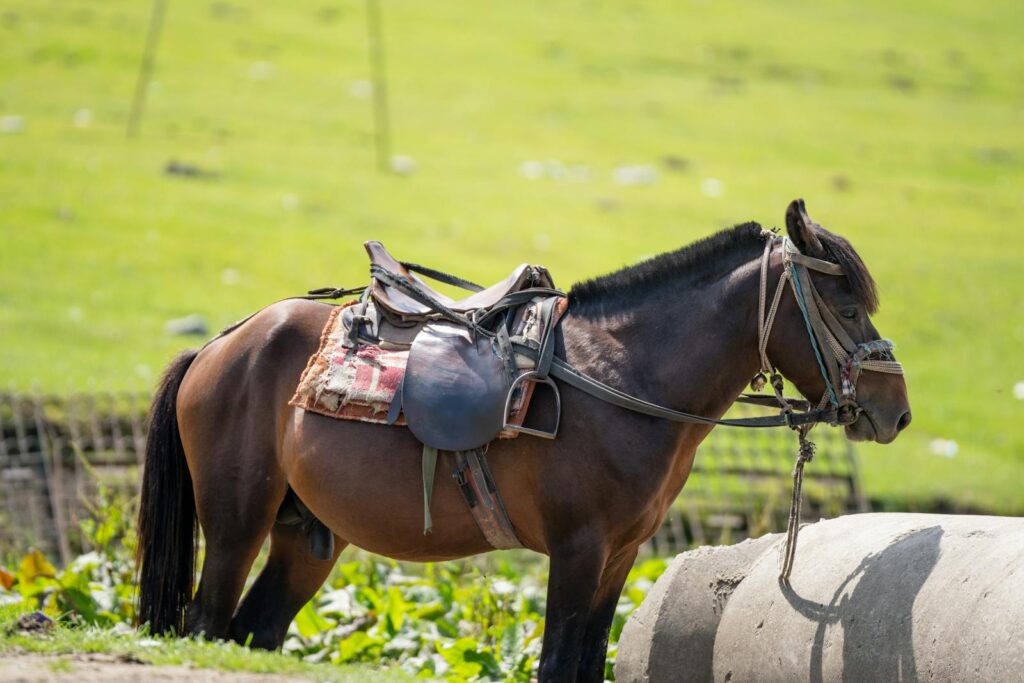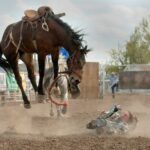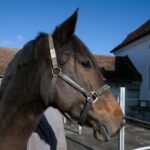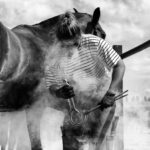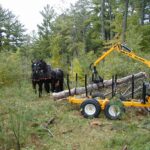When horses work beyond their capacity, whether through intense training, competition schedules, or labor, they can experience both physical and mental fatigue that impacts their overall wellbeing. Recognizing the signs of an overworked horse and knowing how to help them recover is essential for responsible horse ownership. Horses are remarkable athletes with incredible stamina, but they have limits that must be respected. This article explores comprehensive approaches to helping your equine companion bounce back from overexertion, addressing both their physical needs and psychological health to ensure a complete recovery.
Recognizing the Signs of an Overworked Horse
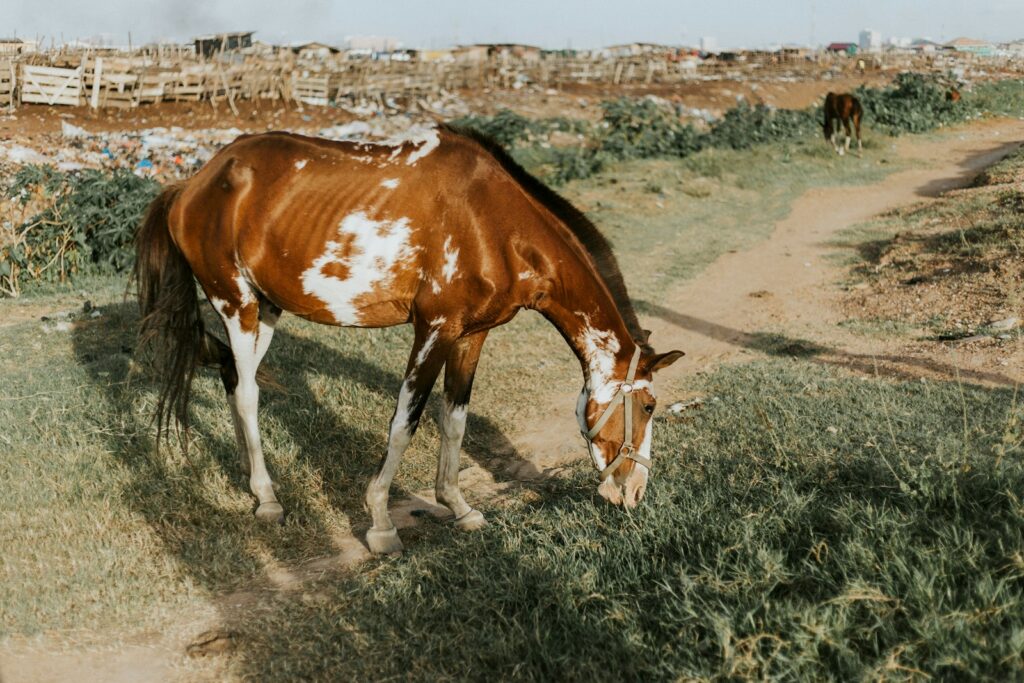
Identifying whether your horse is truly overworked is the crucial first step in helping them recover properly. Physical indicators often include unexplained weight loss, poor appetite, chronic stiffness, or decreased performance despite consistent training. Behavioral signs might manifest as reluctance to work, unusual resistance during handling, irritability, or a generally depressed demeanor where they appear disinterested in their surroundings. Pay attention to subtle changes in their usual behavior patterns, such as standing in the back of their stall rather than coming to greet you. Sometimes, overworked horses will also demonstrate subtle lameness that worsens with work but improves with rest, indicating their muscles and joints need recovery time.
Implementing an Appropriate Rest Period
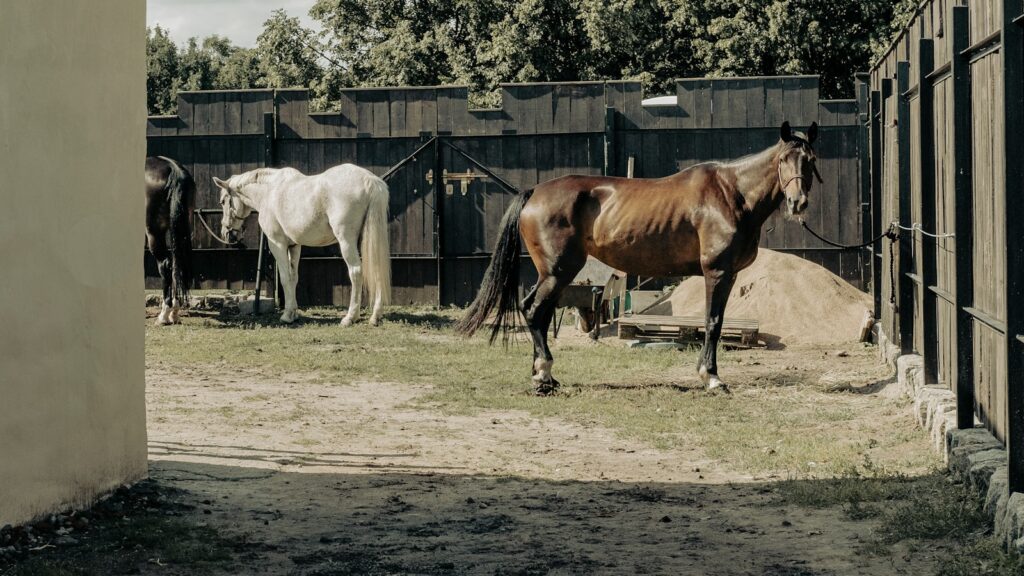
Rest is the cornerstone of recovery for an overworked horse, but the duration needs to be tailored to the individual horse and the severity of their condition. For minor fatigue, a few days of light walking or turnout may be sufficient, while severe cases might require weeks of complete rest followed by a gradual reintroduction to work. During this rest period, ensure your horse has access to appropriate turnout space where they can move freely at their own pace, which helps maintain circulation without strain. Monitor their behavior during this rest phase, as improvements in attitude and energy levels can indicate recovery is progressing well. Remember that proper rest doesn’t necessarily mean complete immobility—natural movement helps prevent stiffness and supports the body’s healing processes.
Creating a Supportive Recovery Environment
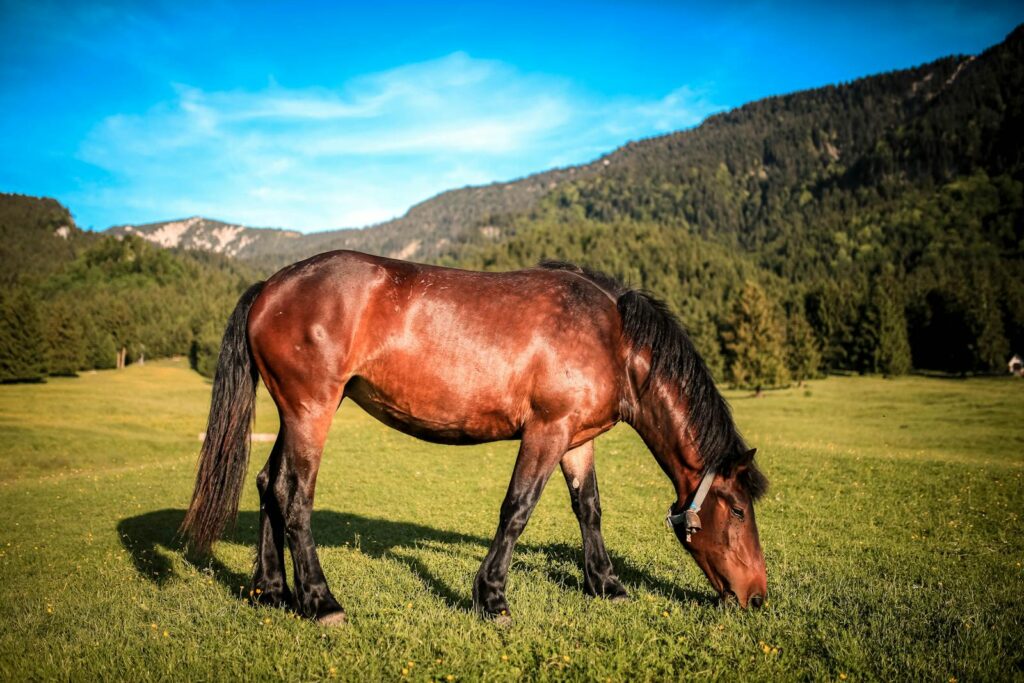
The environment in which a horse recovers can significantly impact their healing process. Provide a clean, well-ventilated stall with proper bedding that supports joint comfort if stall rest is necessary. For horses able to have turnout, ensure the area is safe, appropriately sized, and offers both sunshine and shade options. Minimize stressors like loud noises, unpredictable activities, or proximity to high-traffic areas that might prevent proper relaxation. Some horses recover better with equine companionship, so consider whether your horse would benefit from seeing or being turned out with a calm, compatible friend. Establishing a consistent daily routine during recovery helps reduce anxiety and creates a sense of security that supports mental healing alongside the physical recuperation.
Optimizing Nutrition for Recovery
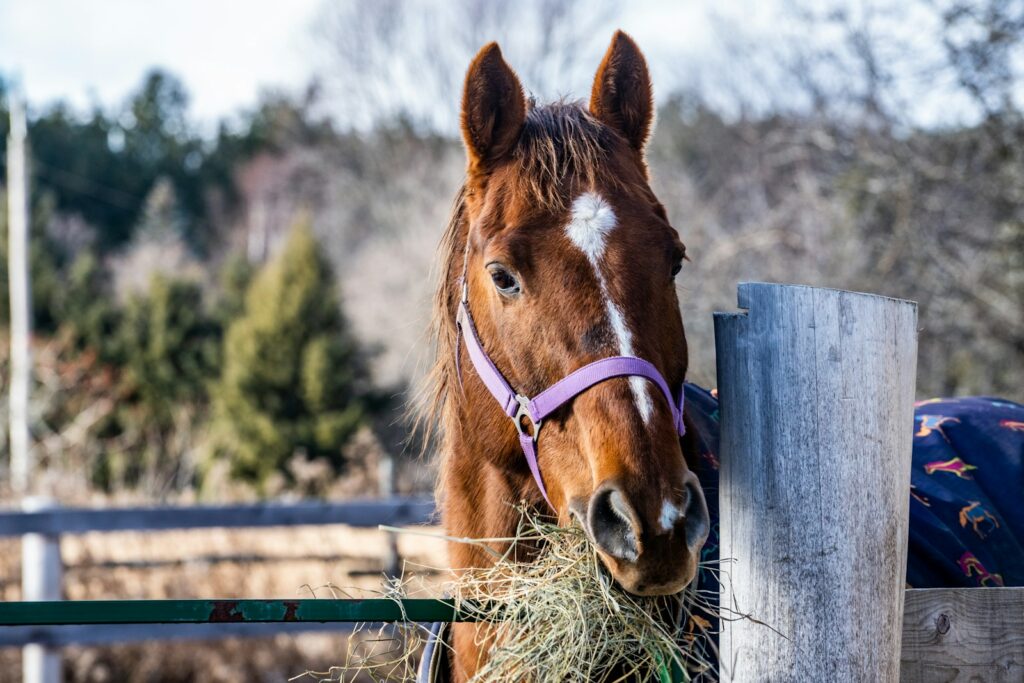
A recovering horse’s nutritional needs differ significantly from those of a working horse, requiring thoughtful adjustments to their feeding program. Reduce concentrates and high-energy feeds appropriately to match their decreased activity level while maintaining adequate protein for tissue repair. Ensure they receive high-quality forage with proper vitamin and mineral content to support their recovery processes, particularly focusing on antioxidants that combat the oxidative stress from overexertion. Consider adding omega-3 fatty acids through sources like flaxseed or specialized supplements, which can help reduce inflammation throughout the body. Work with an equine nutritionist to develop a balanced recovery diet that provides everything your horse needs without excess calories that could lead to weight gain during reduced activity.
Providing Therapeutic Bodywork
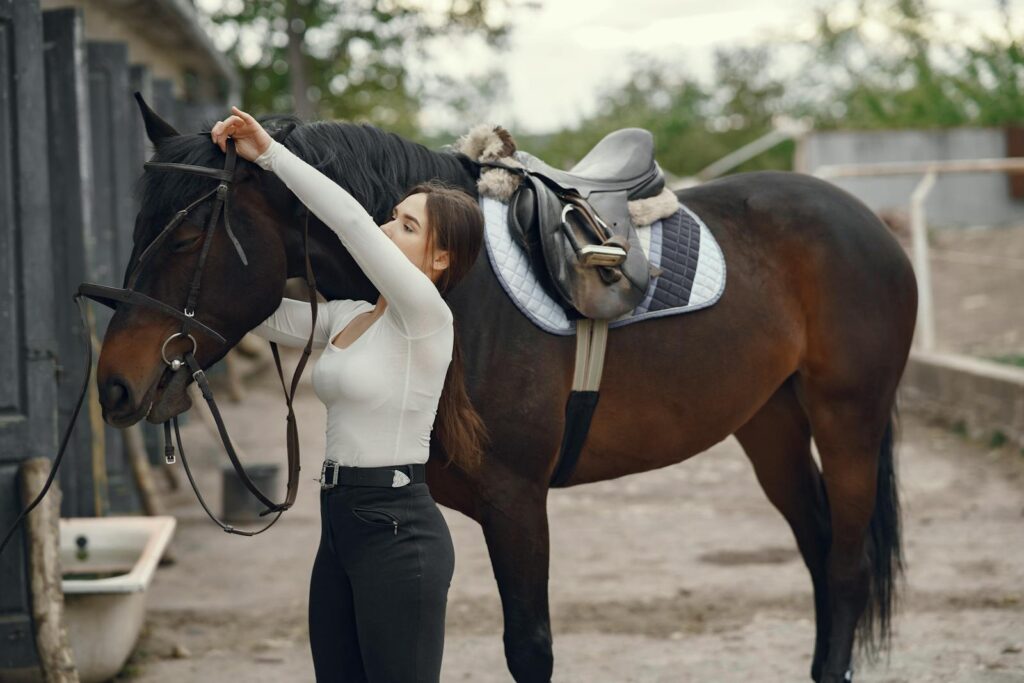
Professional equine massage therapy can be tremendously beneficial for overworked horses, helping to release muscle tension, improve circulation, and alleviate soreness. Regular sessions with a certified equine massage therapist can identify and address specific areas of tension before they develop into more serious problems. Beyond formal massage, gentle daily grooming that includes soft curry combing can stimulate blood flow to tissues and provide comforting tactile stimulation that many horses find relaxing. For horses that enjoy it, gentle stretching exercises guided by an equine physiotherapist can help maintain flexibility during recovery periods. These bodywork approaches not only address physical discomfort but also create positive, gentle interactions that can help rebuild a horse’s trust if they’ve developed negative associations with human handling due to overwork.
Utilizing Cold Therapy for Inflammation
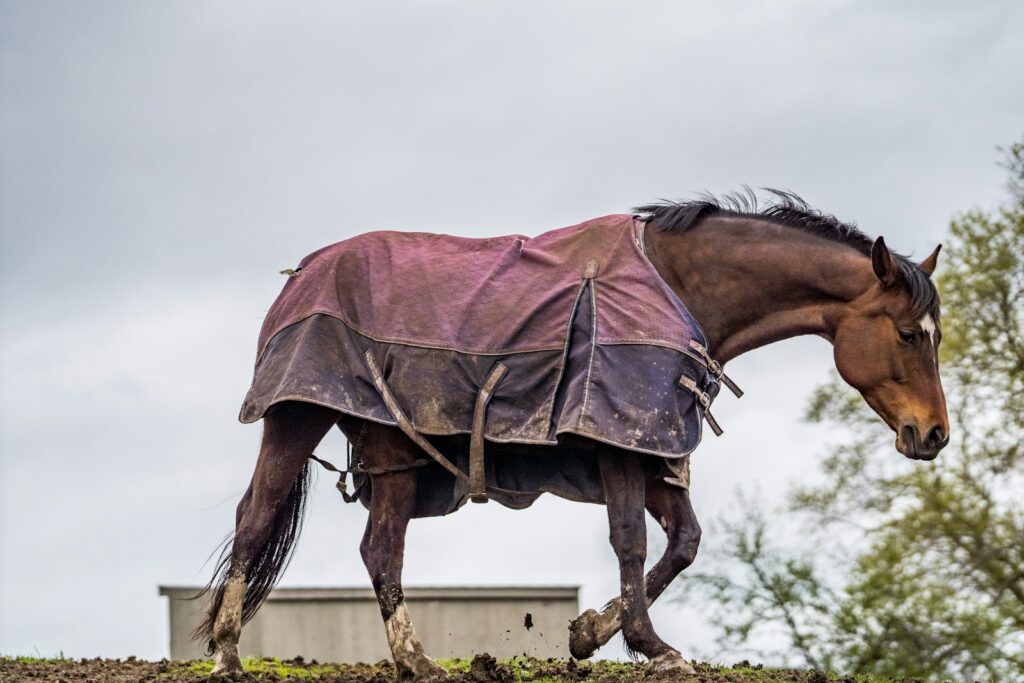
Cold therapy remains one of the most effective ways to address inflammation in overworked equine muscles and joints. For horses showing signs of heat or swelling in specific areas, apply cold hosing, ice boots, or specialized cooling wraps according to your veterinarian’s recommendations, typically for 15-20 minutes several times daily. Cold therapy is particularly important during the first 48 hours after intense work or when acute inflammation is present, as it helps constrict blood vessels and reduce the inflammatory response. When applying cold therapy, ensure you’re using appropriate pressure that doesn’t restrict circulation completely, and always check the skin regularly for adverse reactions. Remember that while cold therapy addresses inflammation, it should be part of a comprehensive recovery plan rather than the sole treatment approach.
Incorporating Appropriate Movement
While rest is essential, prolonged immobility can create its own problems for horses, including stiffness, decreased circulation, and mental frustration. Once the initial recovery period has passed, incorporate gentle, controlled movement like hand-walking on firm, level ground for gradually increasing periods, starting with just 5-10 minutes and working up as your horse shows signs of improvement. Controlled movement helps maintain joint function, supports lymphatic drainage, and prevents the muscle atrophy that can occur with complete rest. Pay close attention to your horse’s response to these light exercise sessions, watching for signs of discomfort or fatigue that might indicate you need to scale back. For horses on extended recovery, technologies like water treadmills or swimming can provide beneficial movement with reduced concussion on joints.
Seeking Veterinary and Professional Support
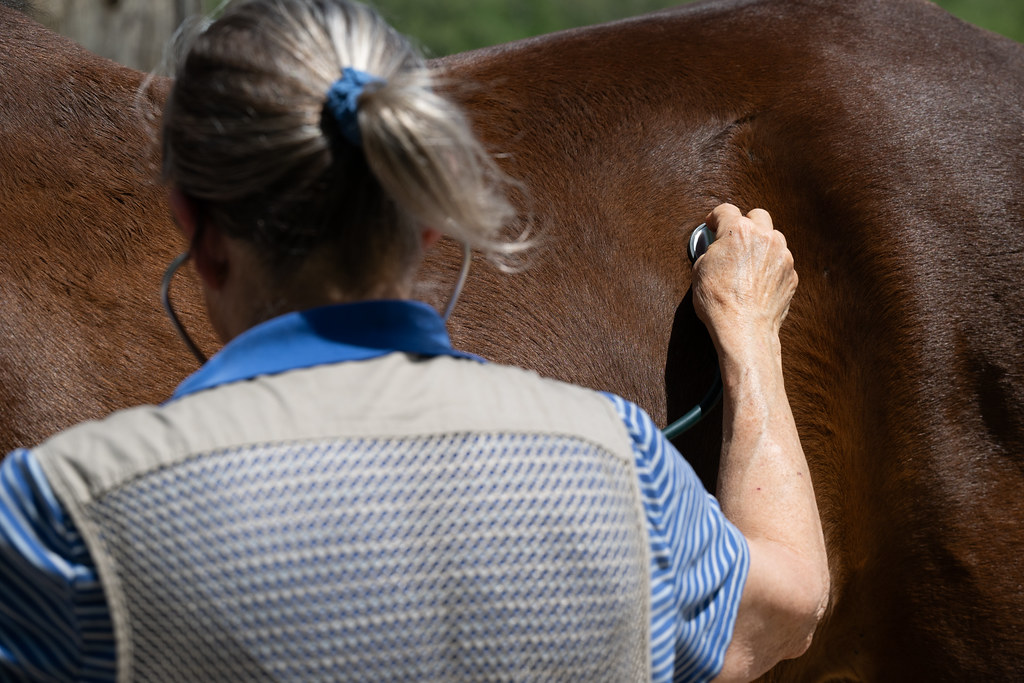
A thorough veterinary evaluation should be part of any recovery plan for an overworked horse, especially if they’re showing persistent issues. Your veterinarian can provide targeted recommendations based on your horse’s specific condition, which might include prescription anti-inflammatories, joint support injections, or specialized therapies like shockwave treatment. Beyond veterinarians, consider consulting equine chiropractors who can address misalignments that may have developed through compensatory movement patterns, or acupuncturists who might help restore energy flow and reduce pain through traditional approaches. For complex cases, sports medicine specialists can provide comprehensive rehabilitation plans that integrate multiple therapeutic approaches. Building a recovery team ensures your horse receives holistic care addressing all aspects of their condition.
Addressing Mental and Emotional Stress
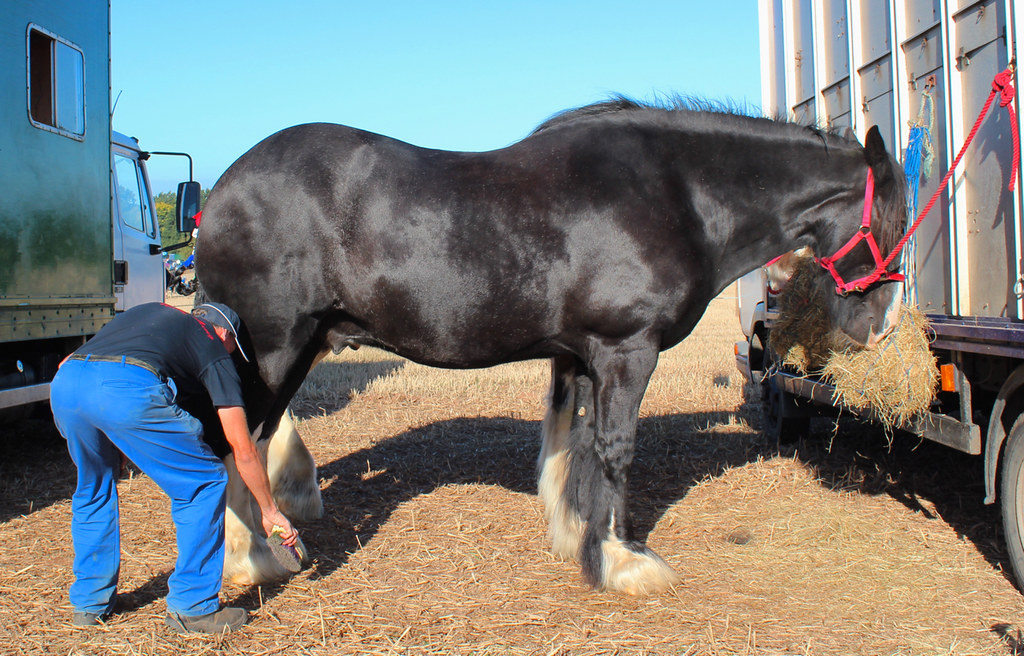
The psychological impact of overwork can be as significant as the physical effects, requiring specific attention during recovery. Horses that have been pushed too hard may develop anxiety, resistance to work, or even symptoms similar to burnout in humans. Rebuilding their confidence and mental wellbeing might include providing enrichment activities that don’t require physical exertion, such as food puzzles or simple target training that gives them positive, low-pressure interactions. Spend quiet time with your horse without asking anything of them—simply grooming, hand-grazing, or sitting nearby while they relax can help restore their trust. For horses showing significant behavioral changes, consider consulting with an equine behaviorist who can help develop a specific mental rehabilitation program tailored to your horse’s needs.
Gradually Reintroducing Work

When your horse shows consistent signs of physical and mental recovery, reintroducing work should follow a carefully structured plan that builds gradually over weeks or even months. Begin with the lightest possible work—perhaps just wearing tack while being led or very short sessions of walking under saddle for no more than 10-15 minutes. Incrementally increase duration before intensity, allowing your horse’s body to rebuild stamina and strength progressively. Document each session, noting your horse’s response, recovery time, and any concerns, which provides valuable data to guide your progression. The reintroduction phase should include variety rather than repetitive work, incorporating different environments and activities to keep your horse mentally engaged without physical monotony. Remember that rebuilding fitness after recovery typically takes three times longer than the rest period itself.
Preventing Future Overwork
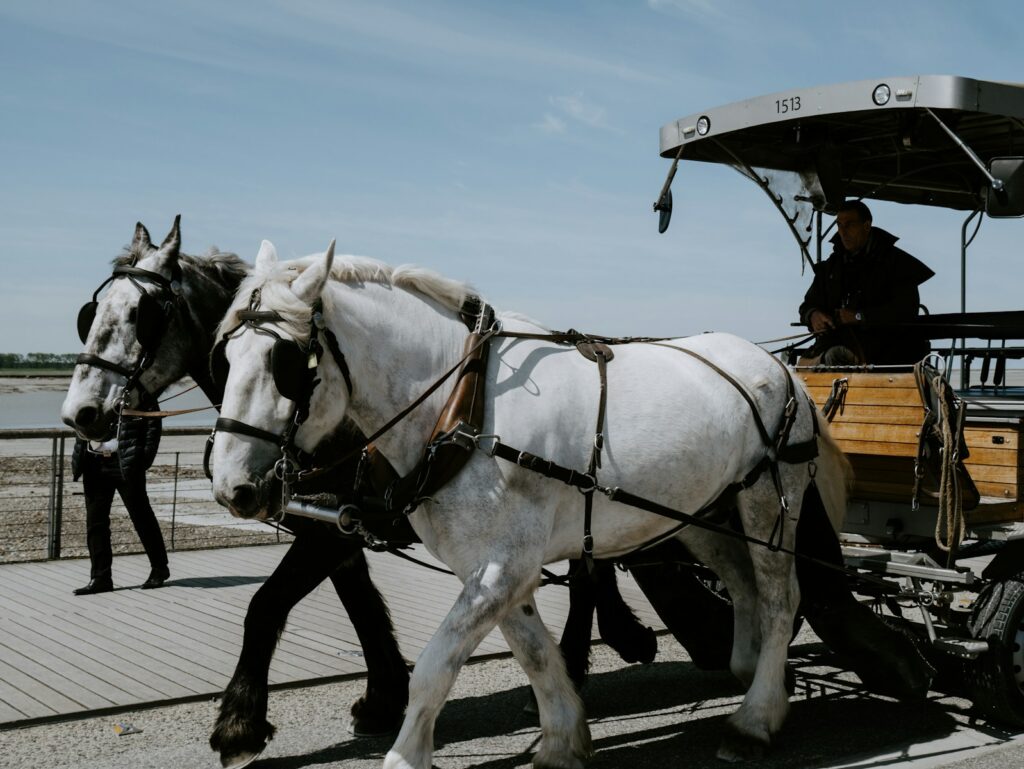
Learning from the experience is crucial to prevent recurring issues of overwork in your horse. Critically evaluate the training or work schedule that led to overexertion and implement systems to better monitor your horse’s workload going forward. This might include keeping detailed training logs that track duration, intensity, and your horse’s responses, or using technology like heart rate monitors to provide objective data about their exertion levels. Incorporate regular “easy” weeks into your schedule, where intensity and duration are significantly reduced to allow for physical and mental recovery. Recognize that different horses have different capacities for work based on their age, breed, fitness level, and individual temperament, requiring personalized approaches to workload management. Consider working with a trainer who emphasizes sustainable training practices that build fitness appropriately without pushing horses beyond their limits.
Evaluating and Adjusting Equipment
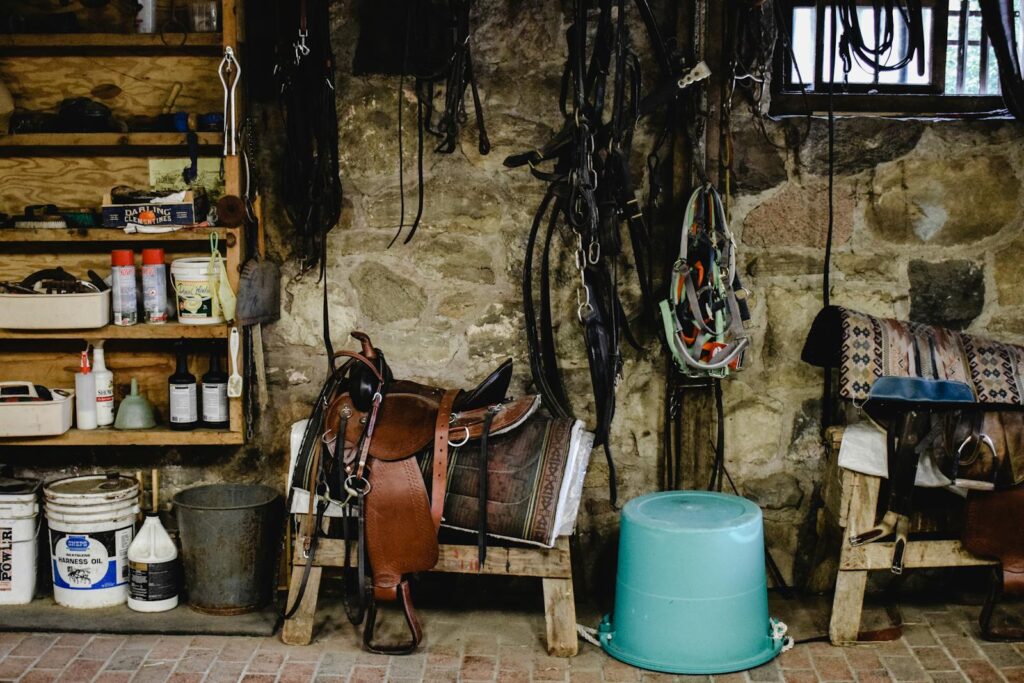
Inappropriate or ill-fitting equipment can contribute significantly to a horse’s physical stress, compounding the effects of overwork. During the recovery period, thoroughly evaluate all tack and equipment used with your horse, paying special attention to saddle fit, which may need reassessment as your horse’s muscling changes during rest and rehabilitation. Consider whether bit pressure, tight nosebands, or restrictive martingales might have contributed to tension or resistance. For horses that will return to pulling activities, such as driving or farm work, have harnesses professionally evaluated to ensure proper distribution of weight and pressure. Sometimes, changing to more ergonomic equipment can prevent recurrence of the same overwork issues by allowing the horse to move more naturally and efficiently when they return to work.
Understanding the Long-Term Outlook
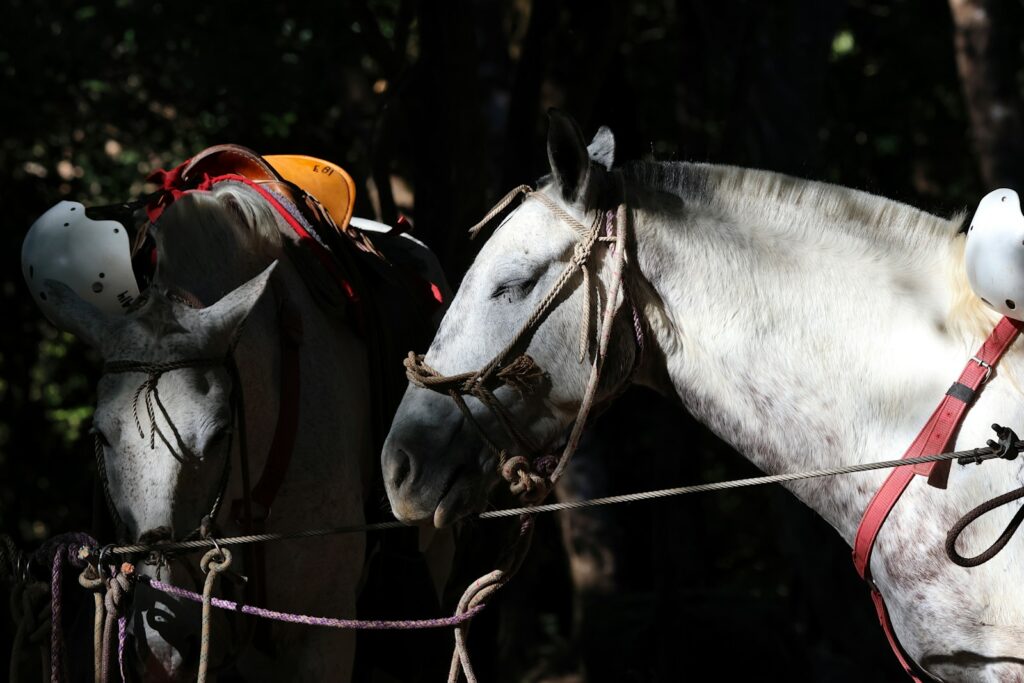
Recovery from significant overwork isn’t just about returning to previous performance levels—it’s about establishing a new, more sustainable relationship with your horse. Some horses may never return to the same level of performance after serious overwork, requiring adjustments to long-term goals and expectations. Others may return stronger than before if the recovery process is handled properly and underlying issues are addressed comprehensively. The most successful recoveries often involve not just physical rehabilitation but a philosophical shift in how we view our partnership with horses, prioritizing their wellbeing over achievement metrics. Patience is perhaps the most important element in long-term recovery; rushing the process due to competition schedules or personal timelines often results in setbacks or incomplete healing that can affect a horse’s entire career or lifestyle.
Conclusion
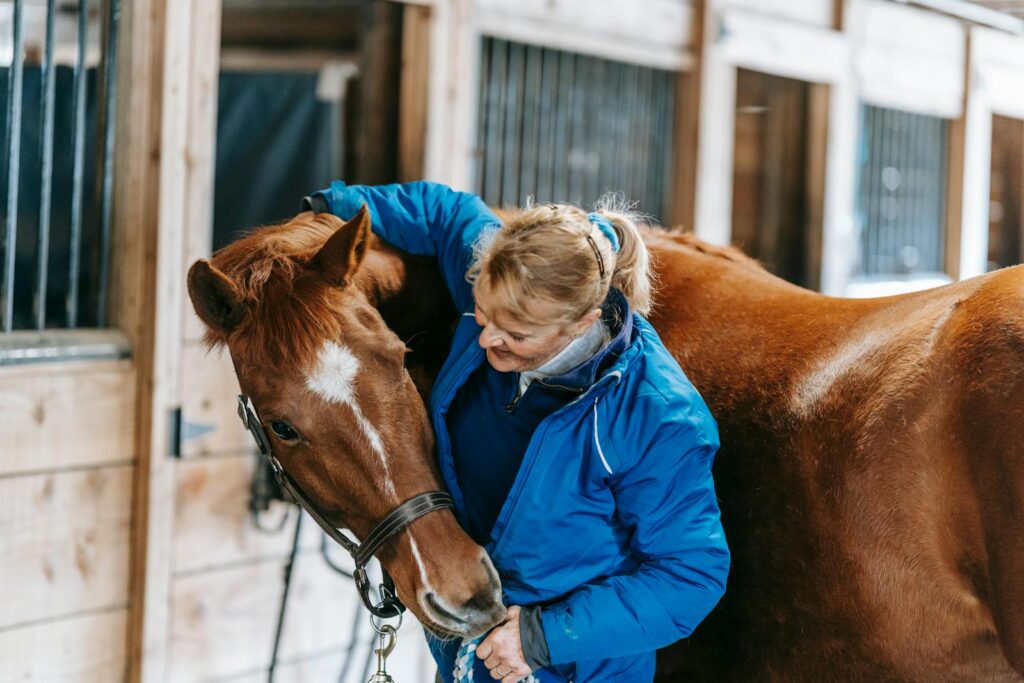
Helping an overworked horse recover requires a comprehensive approach that honors both their physical needs and psychological wellbeing. The recovery journey demands patience, observation, and a willingness to adjust your expectations and methods based on your horse’s responses. By providing appropriate rest, nutrition, therapeutic support, and a gradual return to work, you can help your equine partner overcome the effects of overexertion and potentially develop a stronger, more sustainable working relationship. Remember that each horse is an individual with unique needs, and the most successful recovery plans are those tailored specifically to your horse’s condition, personality, and circumstances. With proper care and attention, most overworked horses can return to healthy, balanced work lives that bring joy to both horse and human.

